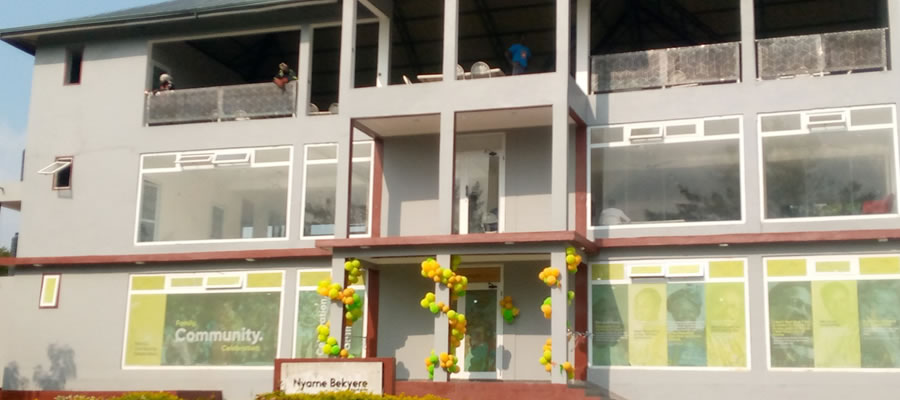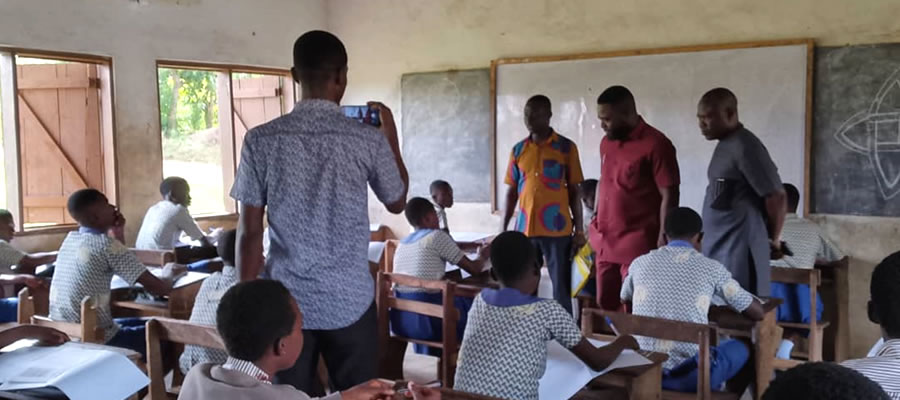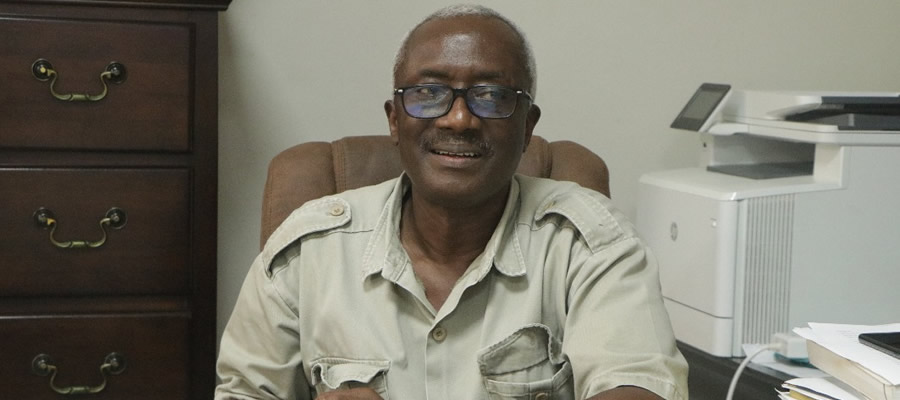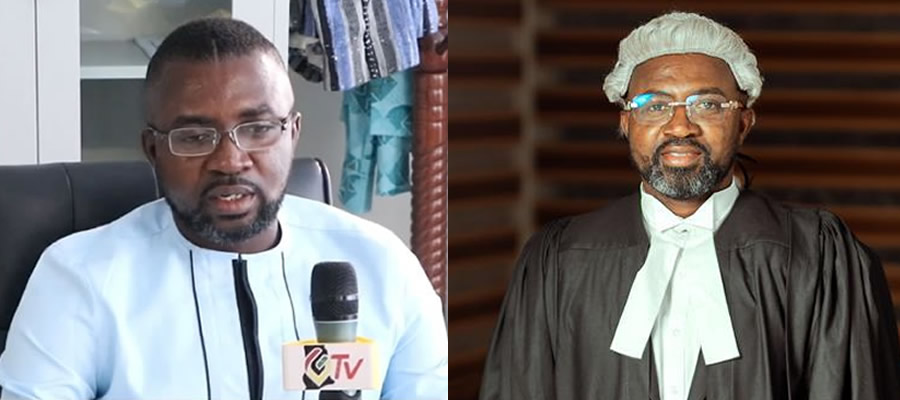

Water is said to be life and as such a potable source of water is needed in order to make inhabitants healthy and as such the availability of potable water is very essential. There are five major sources of water and these are pipe borne, well, river water, borehole and rain water.
Source of Water
Water is said to be life and as such a potable source of water is needed in order to make inhabitants healthy and as such the availability of potable water is very essential. There are five major sources of water and these are pipe borne, well, river water and borehole. The major source of water in the municipality. About 26% of the people have their main source of water from stream/river and well. The percentage potable from the above table is 74. The implication is that a substantial number of people are prone to diseases especially as the district is mountainous geographically with lots of chemicals and more especially as a large number do not treat their water before use.
Access to Potable Water
In the Municipality, the percentage of rural dwellers with access to potable water is 52.7% and urban dweller with access is 67.2%. There is lower access to potable water as both the geographical entities have relatively lower access to potable water compared with the national situation. Again, the percentage of people having access is skewed to the urban areas with relatively less attention given to the rural areas. The M.D.G’s target of 73% and Ghana’s goal by year 2015 of 85% would be a mere formality if it continues this way.
Cost of Water
A high percentage of inhabitants (72.7%) pay less than fifty thousand for the use of their water at the end of every month. This is followed by those who pay amounts ranging from 051,000 to 0100,000 per month. This forms 21.2% of the respondents. The least among them were those who pay more than 0200,000 per month as the cost of their water. They also form 2.2%. This implies that the availability of pipe-borne water is not widespread because the use of pipe-borne water is not free. The average cost of water per month is 042,866.
Quantity per day
A good majority, 79.2% of the inhabitants use less than 12 buckets of water per day and a minority of 3.0% use between 25 to 36 buckets of water. Also 18.8% of the inhabitants use 12 to 24 buckets of water per day. This implies that either the inhabitants make good use of water or they do not have access to large quantities of water. The average quantity of water per household per month is 7.8 buckets.
Location and Ownership of Water Sources
A majority (54.4%) of the inhabitants have their sources of water located outside of their homes. A minority of 45.6% have water in their house. This implies that some inhabitants have to travel quite a distance before having access to water. About the distance covered, 90.0% of the 54.4% of the respondents who do not have water in their various houses covered less than 1 km to have access to water. But 9.7% of them covered a distance range of 1 to 3km. The average distance covered is 0.7km. Related to location and distance covered is the ownership of water. About 55.4% of the respondents use public sources of water while the remaining 44.6% use private sources of water.
Problems Under Source of Water
On the whole, the faces serious water problems. About 10.9% have problems with the quality of the water they use with 26.7% of the people facing the problem of irregular supply. The remaining 23.3% face problems ranging from high cost to long distance.
Sanitation Situation
Sanitation is a basic service that adds up to the quality of human life. Accessibility to adequate sanitation facilities will impact positively on human health.
Type of Facility
Most people in the Municipality do not have toilet facilities in their houses and thereby resort to the public toilet facility. It is found that the most commonly used toilet facility is the KVIP with 56.7%. The pit latrine constitutes 22.7% which is next to the KVIP in patronage.
Conditions of the Facilities
An assessment of the state of housing facilities and services in the entire demonstrates that about 45.6% of the toilet facilitiare well and appreciably maintained whilst 54.4% are poorly maintained. The over half of the facilities that are poorly do contribute significantly to the insanitary conditions prevalence in most communities .
A toilet facility is said to be well maintained when it is well kept and detergents are applied to help contain bad odour as the breeding of insects, pest and rodents. T he opposite is the case of poorly kept toilet facilities. The people are therefore prone to health hazards since a substantial proportion of them patronize communal toilet facilities which serve as breeding grounds for all sort of pest and diseases.
Disposal System
The disposal system cannot be over emphasized. This is because if there are inadequate disposals or the few available too are not in good conditions, then it will pose as a health hazard to the inhabitants because there could be an outbreak of diseases which would go a long way to affect development. This is because as the people fall victims to sickness and diseases, their level of production will reduce and sometimes, there might even be no production at all thereby increasing poverty level.
Waste Water Disposal
Approximately 90% of the people dispose off waste water through the free range and the disorganized drains systems whiles 76.4% dispose off refuse through open dump. These methods of disposing off effluent may create breeding grounds for mosquitoes and also in¬sanitary conditions in their areas. Diseases are likely to occur and affect a number of people as especially 43.2% of the people live in compound houses. This is even a cause of the high prevalence of malaria in the district accounting for 67.9% of the total incidence of the disease.
Refusal Disposal System
There is poor sanitation with 76.4% of the people using public open dump. There can be an outbreak of diseases in the area. This has led to the poor environmental conditions in a good number of communities.
Problems of Waste Management:
1. Converting of pan-latrines into acceptable ones for both public and private homes creating unsightly sanitation situation in most communities.
2. Illiteracy and apathy towards proper maintenance of sanitation facilities and services
3. high cost of chemicals and fumigation materials thus putting them out of the reach of residents and institutions
4. inability and unwillingness to pay fees and user charges for dumping of refuse creating enormous waste management problems for District and community administration.
5. Low status accorded the environmental health Department does not make it possible for it to attract the best professionals and for effective waste management
Efforts in Water Provision and Sanitation Management
Apart from pipe borne water systems, the Assembly under the Water and Sanitation Programme, has since 2001 provided 39 boreholes, 7 hand-dug wells, 27 institutional latrines and 509 household latrines through its development partners - DANIDA. With the assistance of the HIPC funds, water closet toilet facilities have also been provided to the public and schools. On the whole the Water and Sanitation programme has provided facilities for 46 communities - 29 for Akropong and 17 for Okere Constituencies.
The Community Water and Sanitation Agency is providing potable water for rural communities. This has drastically reduced the incidence of water borne diseases. Water supply to towns from Ghana Water Company is still a problem. It is hoped that with the reconstruction and re¬aligning of the Pantang/Mamfe road, the situation will improve. Recommendations are far advance for enhanced rain water harvesting and more boreholes in the major towns as well as the rural areas as Ghana Water Company is still using obsolete pipes to deliver water from unreliable sources.
According to mangers, sanitation has been identified as the way of life all over the years. It is the quality of living that is expressed in the clean home, the clean farm, the clean business and industry, and a clean neighborhood a clean community. Following this recognition, the efforts at ensuring proper sanitation and proper hygienic condition are expected to come from within the people. This is manifested by enriched knowledge and finally grows as an obligation and as an ideal in human relations.
Due to the topography of the land, managing waste has been a perennial problem. About 20% of the houses in the district are still using bucket and pan latrines. This type of latrine has been phased out by Public Health Experts due to the handling of the human excreta and its associated nuisance, low hygienic practices and poor waste management related diseases.
Efforts at Waste Management
Dry Waste: Household refuse is temporarily stored in small containers which are later sent to public refuse dumps at regular intervals. Crude Dumping is however, the main method of disposal in the whole municipality.
Acquisition of land is another major problem to the Assembly to provide sanitary sites for its purposes. The two Refuse Containers and the tractor which were delivered in 2004 have just got the remaining 4 refuse containers added in July 2005 to alleviate the refuse problem .A resident at Adawso is offering a disposal site to be acquired after negotiations.
The Assembly needs to buy a site for disposal construction. Incinerators are also to be considered. Many more such sites are needed to let the containers have the proper impact.The construction of environ-loo toilets is to gradually replace the KVIPs. Some public water closet toilets notably at Adukrom, Mamfe, Adawso, Twumguaso and Awukugua have been provided with underground and overhead tanks, or hand dug wells attached. It recommended that the KVIP system should be phased out and hence the emphasis on the introduction of the environ-loo and other similar facilities.
Available information indicates that pan and bucket latrines, KVIPs are the main types of latrines in use. Some few households however, have water closets. The first phase of the final disposal site at Kwamoso was completed during the year 2003. Three public toilets at Akropong have been rehabilitated between August and September 2004.
Date Created : 11/23/2017 1:37:30 AM













 facebook
facebook
 twitter
twitter
 Youtube
Youtube
 +233 593 831 280
+233 593 831 280 0800 430 430
0800 430 430 GPS: GE-231-4383
GPS: GE-231-4383 info@ghanadistricts.com
info@ghanadistricts.com Box GP1044, Accra, Ghana
Box GP1044, Accra, Ghana